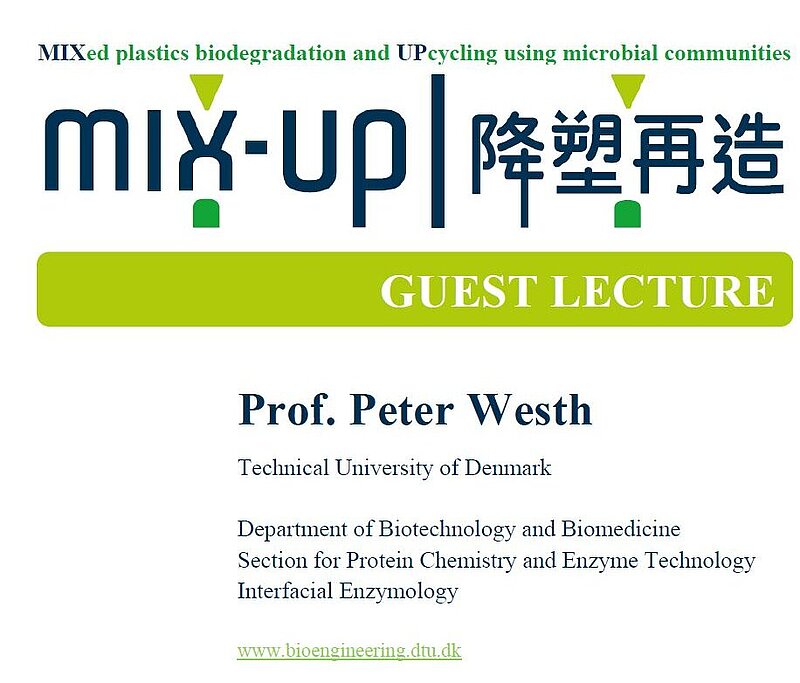Recent literature has described a number of PET hydrolases that efficiently deconstruct polyester waste, and it appears that the stability and catalytic efficacy of these enzymes has now reached a level, where in may support commercial bioprocessing. Ultimately, the performance of PET hydrolases must be assessed by their ability to convert insoluble, polymeric PET to the monomers terethphalic acid (TPA) and ethylene glycol (EG). However, rational understanding of the process will require insights into the reaction path between PET and its monomers, and this understanding, in turn, is central for optimization through enzyme- and process engineering.
Here we present a comparative biochemical analysis of several PET hydrolases (both proficient and mediocre), with special focus on the reaction pathway. The results show that most monomers are formed through soluble intermediates with 2-4 TPA moieties, and that the endolytic production of intermediates is a key determinant for an efficient enzyme reaction.
Announcement: Guest Lecture in October!
We are happy to welcome Prof. Peter Westh for a guest lecture on "Reaction Pathways for Enzymatic Degradation of PET: What Characterizes an Efficient PET-Hydrolase?" on Friday, 6th of October 2023, at 11 a.m. (CEST).


